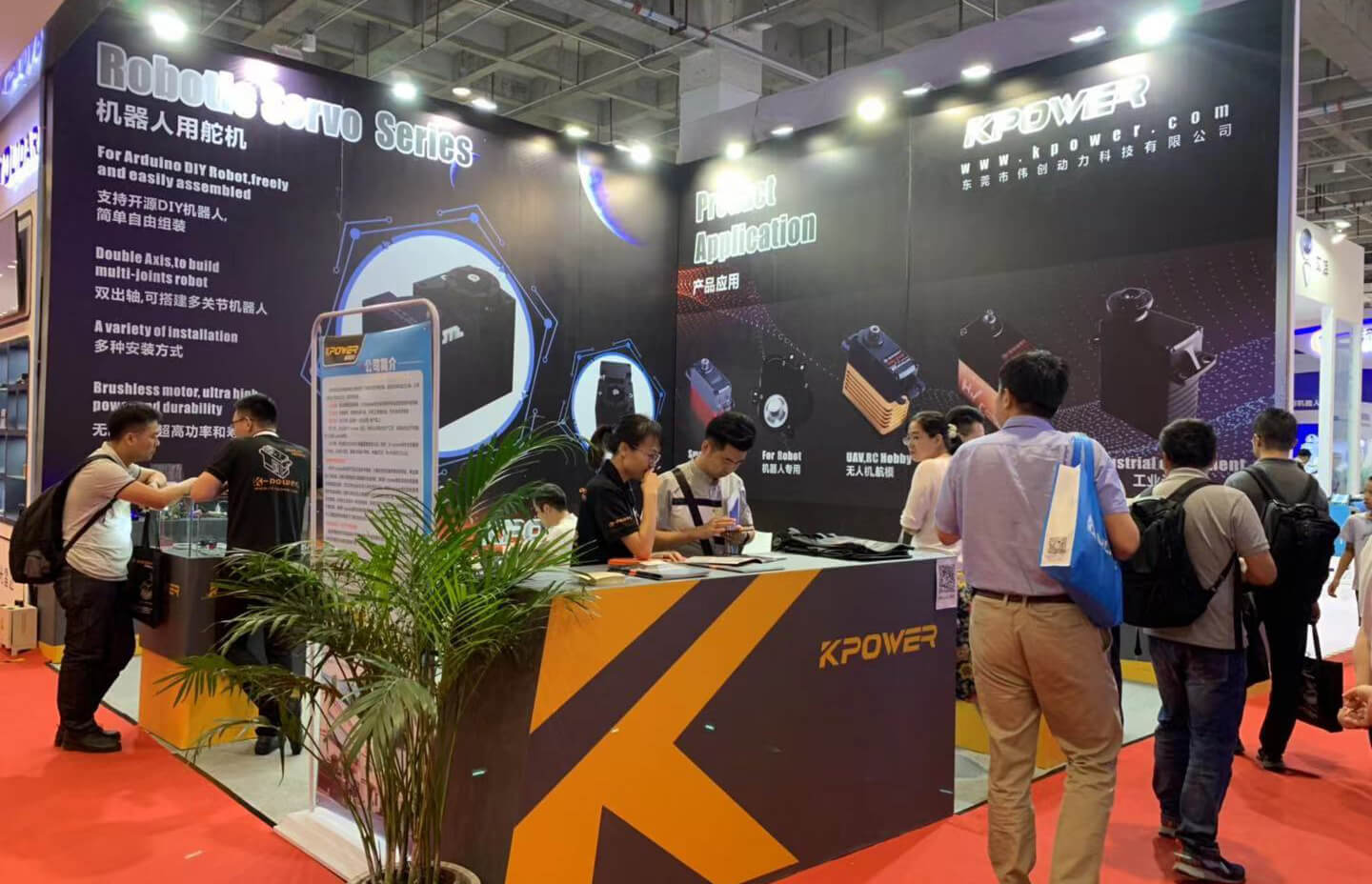Ever been lost in the world of robotics or hobby projects and stumbled upon a tiny marvel that totally changes the game? That's where a micro servo 3D model jumps right into the story. Imagine this: a sleek, compact piece of tech that can bring your next project to life with precision, ease, and a touch of magic. What makes these micro servos stand out? Their size, for one. They're small enough to fit into intricate designs yet powerful enough to do real work. Whether you're designing a drone, robotic arm, or some crazy DIY gadget, these little wonders are your best friends.

Now, picture a tiny robotic hand grabbing a delicate object or a mini car steering smoothly around corners. The flexibility and control that a micro servo 3D model offers make these scenarios not just possible, but almost routine. They are crafted with careful attention to detail—materials that balance durability and weight, circuits that can handle rapid movements, and mechanical structures that are designed for longevity. Even if you're just a hobbyist, you’ll get a kick out of how straightforward it is to integrate these modules with your existing setup.
What really seals the deal for many is how adaptable they are. No, you don't need a PhD to get them working. They’re compatible with most control boards and can be powered with common sources. Run into an obstacle? No problem. Sometimes, all you need is to tweak the calibration a tiny bit and you're good to go. It's like giving your project a boost of ingenuity with just a small component.
There's also a fun aspect—sometimes, assembling a model with micro servos feels like conducting a tiny orchestra. You get that satisfying sense of control as each servo responds perfectly to commands. Ever asked yourself—why choose micro servos over bigger, more industrial ones? Well, the pure joy of working within limited spaces, or the challenge of making something surprisingly powerful with minimal size, is a big plus. Plus, they consume less power, which means longer run times and less fuss about batteries.
So, what’s the deal with 3D models? Think of them as blueprints or digital twins. They help you visualize exactly how the servo will fit and move in your creation. Want to tweak the arm’s tension or see how the mounted design looks before printing? The 3D model makes it all a breeze, saving time and guesswork.
All in all, micro servo 3D models aren’t just tools—they’re enablers. Whether you're aiming to craft a tiny robot, automate a complicated project, or just dabble in creative engineering, they pack a punch in a small package. The potential here is enormous, limited only by your imagination. So, if you’re after something that blends precision, practicality, and a dash of fun, these models definitely deserve a spot in your toolkit.
Established in 2005, Kpower has been dedicated to a professional compact motion unit manufacturer, headquartered in Dongguan, Guangdong Province, China. Leveraging innovations in modular drive technology, Kpower integrates high-performance motors, precision reducers, and multi-protocol control systems to provide efficient and customized smart drive system solutions. Kpower has delivered professional drive system solutions to over 500 enterprise clients globally with products covering various fields such as Smart Home Systems, Automatic Electronics, Robotics, Precision Agriculture, Drones, and Industrial Automation.




































